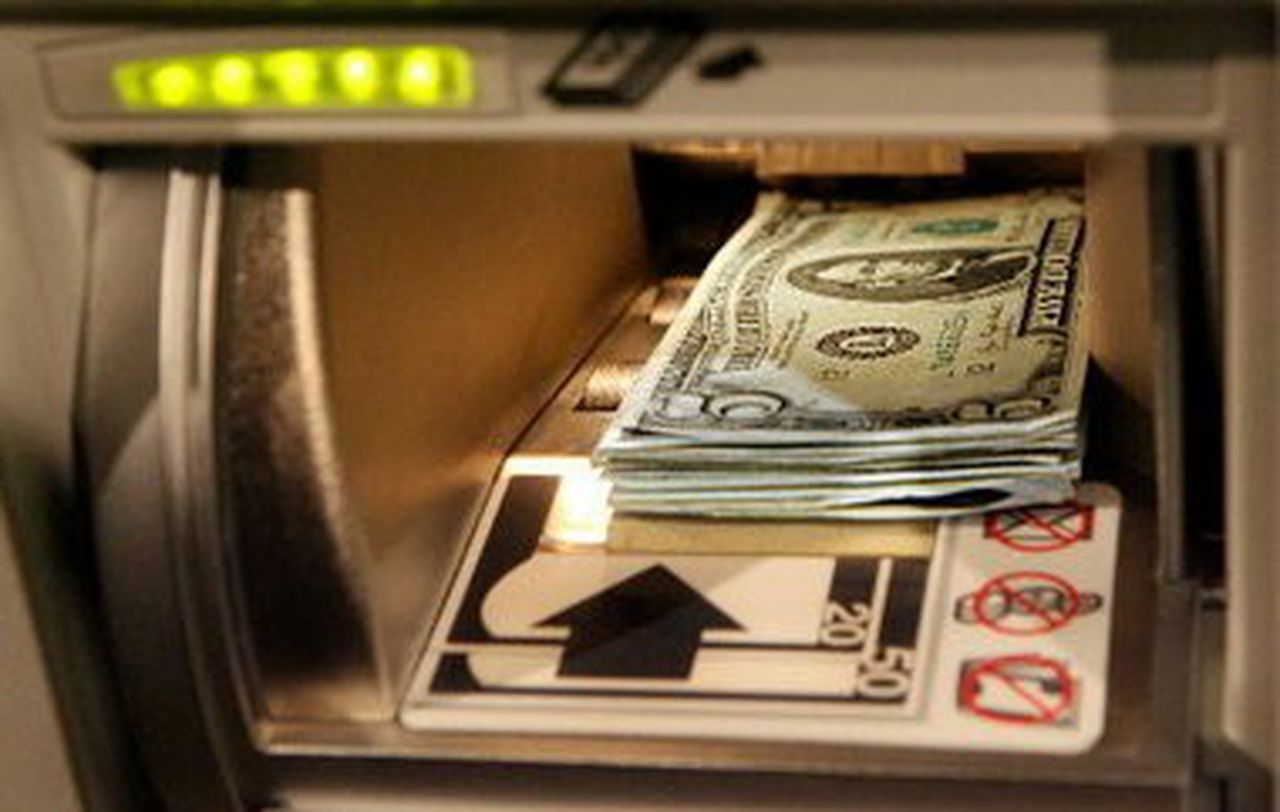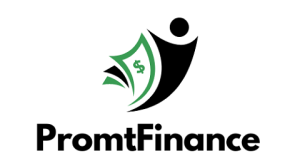Cash withdrawal and monetary dealings have become highly convenient and accessible over the past few years. Previously, people would have to fill out numerous forms and justify particular requirements and deadlines to retrieve sufficient money. Nowadays, ATMs’ presence and banks’ transparency have allowed their clients to withdraw and handle money based on their convenience. Similarly, many people have started relying on plastic cash compared to paper notes.

There are rational reasons for this inclination; however,r credit and debit cards may pose limitations on certain occasions because of their application. Sometimes, you will still require bills to pay for items or services. Due to increased accessibility, ATMs are almost everywhere, but certain cash withdrawal restrictions exist. Some customers also prefer taking out money directly by interacting with the human bank teller. ATMs are undoubtedly more accessible and practical for cash extraction because of the quick service; however, a few drawbacks to using machines that physically go to the bank sounds better for withdrawing money.
How Much Cash Can You Withdraw From a Bank Teller?
There are no legal limits for maximum cash withdrawal from a bank. However, transactions over $10,000 will be reported to the U.S. government. Federal law allows you to withdraw as much cash as you want from your bank. However, the savings account withdrawal limit is no more than six monthly withdrawals. The ATM withdrawal limit is from $200 up to $2500.
The amount of cash you can withdraw from a bank depends on several factors:
- Bank Policies: Every bank will have daily withdrawal limits for ATM and teller withdrawals. This is a security measure to prevent fraud and control the amount of cash that goes out of the bank daily.
- ATM withdrawals: Most banks limit daily ATM withdrawals to a few hundred to a couple thousand dollars. For instance, as of my last update in 2023, banks in the U.S. typically allowed daily ATM withdrawals ranging from $200 to $2,500, but it varies by bank and account type.
- Teller withdrawals: If you walk into a bank branch, you can usually withdraw more significant amounts, though there might still be a limit based on your account balance or any holds on your funds. Calling ahead is a good idea to ensure the bank has enough on hand if you need significant cash.
- Account Balance: You can’t withdraw more than what you have in your account. This includes considering any pending transactions or holds.
- Federal Regulations (U.S. specific): The Bank Secrecy Act requires banks to report cash transactions over $10,000 to the government. This is to prevent money laundering and other forms of financial fraud. While this doesn’t necessarily limit how much you can withdraw, it does mean that if you withdraw more than $10,000, the bank will file a report. You might be asked about the purpose of such a large withdrawal.
- Currency Availability: If you’re withdrawing a large amount of cash, the bank branch might not have the funds readily available, especially in specific denominations. You might need to give them notice a few days in advance.
- Local Laws and Regulations: While the U.S. federal regulations have their guidelines, different countries will have their banking laws and regulations regarding cash withdrawals. Awareness of these is essential, especially when dealing with international banking.
Being clients of a particular bank, you are entitled to withdraw a large amount of cash from the bank. Financial institutions and platforms cannot stop you from enjoying your money. However, the Internal Revenue Service scrutinizes financial transactions of more than $10,000. You can begin the transaction process by performing a regular withdrawal at the bank. You may require a manager or professional assistance and more time to retrieve the funds, depending on the amount.
The clients sometimes get apprehensive about withdrawing a large sum of money in dealing with the IRS, so cash withdrawal through an established channel is required. However, it is your money; you can adequately extract it anytime from the bank. The process is reported to the IRS for a large amount of cash, and the bank may require additional time to collect the money. The bank is entitled under legal obligations to instantly report transactions above $10,000 to reduce or minimize illegal financial transactions such as money laundering.
In addition, banks do not have an instant arrangement of a large sum of money, and depending on the withdrawal size, they may ask for more time. The amount of maximum money withdrawn from the bank may also depend on the type of bank and its particular policies. Regarding withdrawals or deposits under $10,000 or more, the bank is asked to regulate and monitor money dealings associated with the specific amount to regulate any suspicious activity. Even if you plan to divide the sum of $10,000 into small transactions, the bank should report this activity to the IRS. For example, if you intend to withdraw $4000 in the morning and $6000 later in the day, then the same rules apply.
Similarly, if you are planning to withdraw or deposit $9900 or a range that is close to the threshold, even then, the bank is supposed to notify IRS. The bank will also check regular transactions and withdrawals from your account. The bank will examine the account if you are continually withdrawing $5000 every day.
Even if the account belongs to you, the banks inquire why the money withdrawal should report and highlight any suspicious activity materializing through their bank. The principal reason is to minimize terrorist funding, money laundering, or any other criminal activity, including kidnapping for ransom. A large sum of money is only required in exceptional cases, which is why it may generate some tough questions on behalf of the federal government.
The customers would not have to face endless questions for standard and fundamental transactions. The manager would only require essential identification to confirm and match the person listed on the account. Serious precautions are needed for $10,000 or more, and the bank manager may raise more questions along with further evidence,e for example, the reason for fund extraction.
In 1970, the U.S. government passed The Bank Secrecy Act, which was made into a law to constrain money laundering. Similar y to the event of 9/11, based on The Patriot Act, it was mandatory to give additional requirements to the BSA to keep an eye on funded terrorism. With these laws’ help, the banks must report cash withdrawals and all transactions above or near the threshold.
Similarly, this is another way to regulate structured withdrawals standard in money laundering. It involves retrieving money in small amounts to avoid being caught by the IRS. If you are a well-known customer at the bank, then bank officials and authorities may allow you to withdraw a small sum of money without providing identification. However, proper identification is required on large withdrawals, even if the bank manager knows you well.
The federal government grants the clients to take out as much money as they require as long as it is correctly reported according to the guidelines set out under The Patriot Act and The Bank Secrecy Act. You may need a lot of money from the bank, but in most scenarios, the banks do not have a hefty amount of money stored for security reasons. They would require a few days to arrange and transport the money to the branch. If the clients fail to meet the requirements and convince the bank authorities regarding the main reason for a substantial cash withdrawal, the banks have the right to deny the application. Without a rational explanation, the banks can report you to the authorities.
Valid and legitimate reasons for substantial cash withdrawal include emergency funds, personal reasons, traveling outside the country, currency exchange, or making large cash purchases. This reason,s when mentioned to the bank, is informed to the IRS as recorded by the bank. Therefore proper credentials and form filling are required if you plan to withdraw or deposit money around the threshold. The following reasons raise concerns for a red flag:
- Extraction or crediting $10,000 or more
- Money transactions close to the threshold
- Structured withdrawals on money deposits in a planned format.
To avoid ambiguity and suspicion, the clients must read the bank’s terms and conditions meticulously and how much time they require to arrange the money. Give ample time to the bank and present a legitimate identification to avoid any confusion and trouble.
We recently wrote an article on How Much Cash Can You Deposit in ATM.
